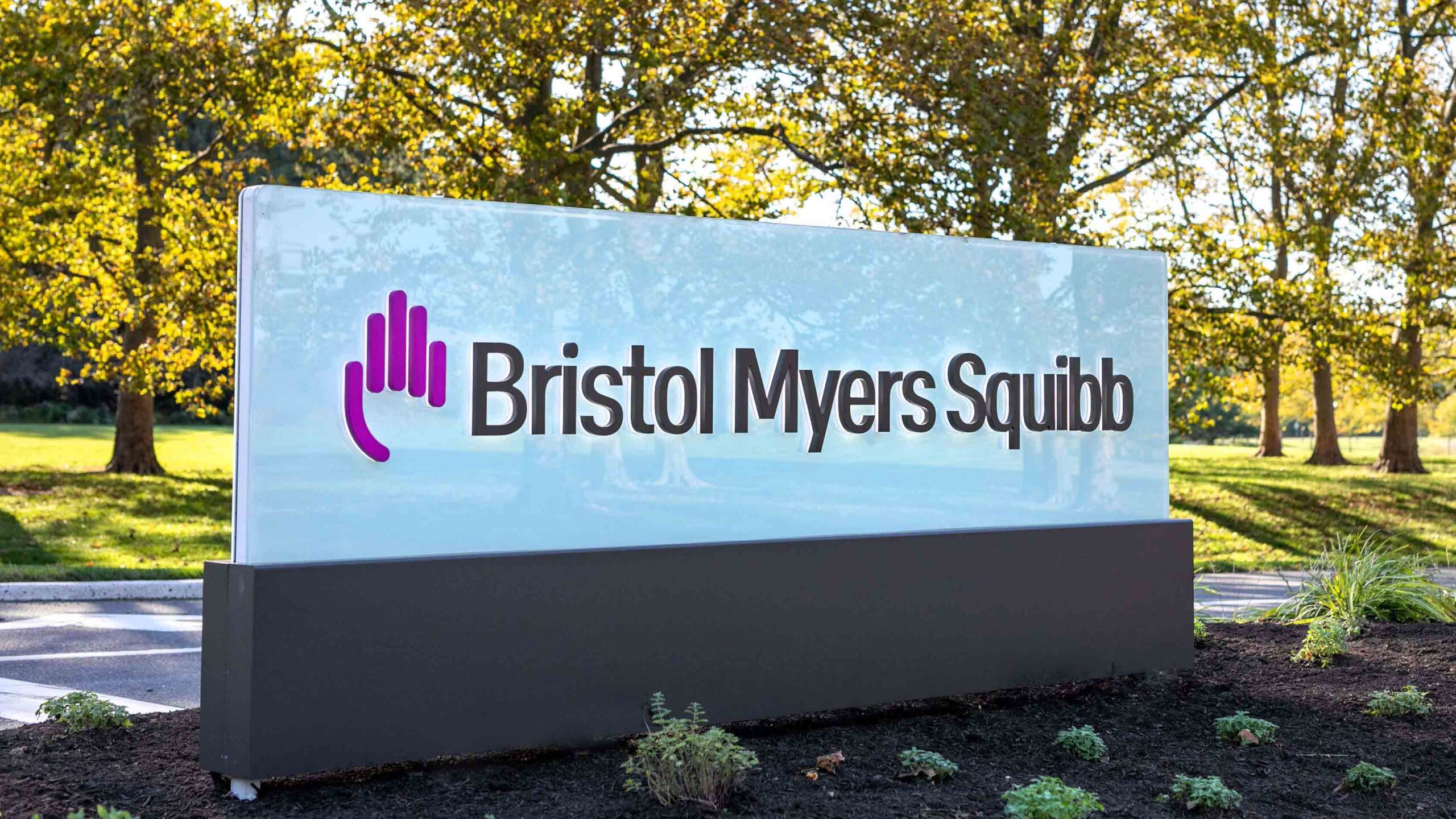Pharmaceutical giant Bristol Myers Squibb (BMS) announced a major restructuring plan this week, aiming to cut costs by $1.5 billion by the end of 2025. The centerpiece of this plan is a workforce reduction impacting over 2,200 employees, a significant blow to the company’s staff.
The announcement, which coincided with BMS’ first-quarter earnings report, detailed a sweeping overhaul across the business. This includes closures of unspecified sites, streamlining of the drug development pipeline, and a reduction in management layers. Additionally, the company plans to decrease spending on third-party vendors.
According to CEO Chris Boerner, these changes are designed to make BMS “more agile” in a competitive market. The majority of cost savings (around two-thirds) are expected to come from research and development (R&D) with the remaining third targeted from mergers and acquisitions (M&A) activities.
The R&D cuts will include the termination of approximately twelve programs, impacting medications targeting CTLA4, SIRPα, and BET proteins. Chief Medical Officer Samit Hirawat indicated the possibility of outsourcing some of these shelved programs or permanently halting their development.
While the company touts reinvesting the savings in promising new drugs, the restructuring plan has caused significant anxiety among employees. Sources familiar with the decision confirmed layoffs impacting teams in Washington state, including those working on the recently launched cell therapy Breyanzi. This news contradicts earlier statements from Chief Commercial Officer Adam Lenkowsky, who expressed optimism about Breyanzi’s future after stabilizing U.S. sales.
The extensive layoffs raise concerns about the immediate impact on affected employees and their families, as well as the long-term implications for BMS’ innovation capabilities. The company’s ability to navigate this restructuring while fostering a stable and productive workforce will be a key factor in its future success.
